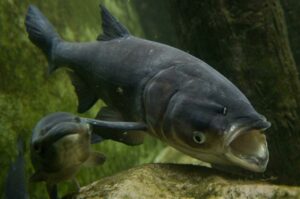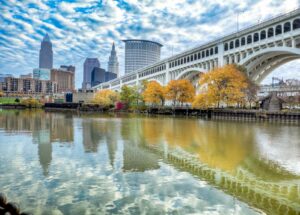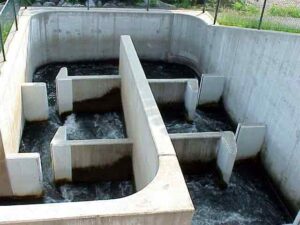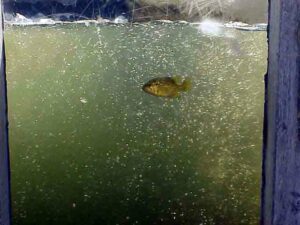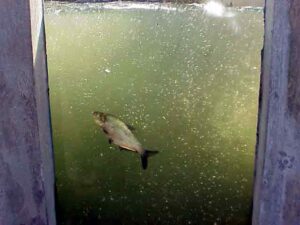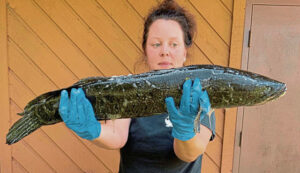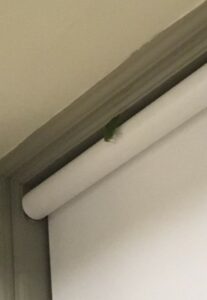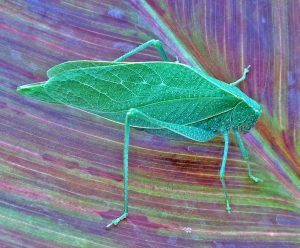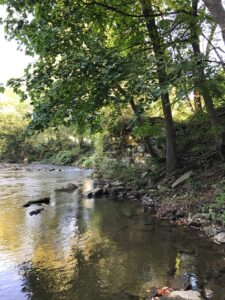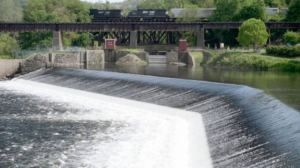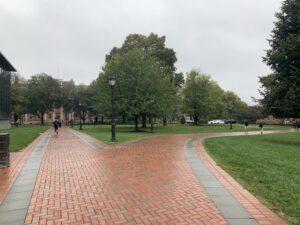https://www.iowapublicradio.org/post/iowa-communities-near-missouri-river-prepare-more-possible-flooding#stream/0
https://www.kq2.com/content/news/Missouri-River-to-crest-near-major-flood-stage-in-St-Joseph-this-weekend-561801511.html

Because Becca and I are researching the Mississippi River for our story map project, I’ve been keeping a little bit of an eye out for stories and news related to the Mississippi River – specifically in terms of flooding. While I was looking around on the internet a couple days ago, I found several stories about the Missouri River – which flows into the Mississippi River – reporting on how the river has been flooding and devastating communities up and down – as far west as Iowa to as far east as St. Joseph, Missouri. Because this is more of a home river for me, I am concerned and interested in the developing situation. I haven’t experienced or seen flooding on this scale when I lived in Missouri, so its frankly terrifying to see the scale of devastation and destruction that these rivers are bringing.
